-
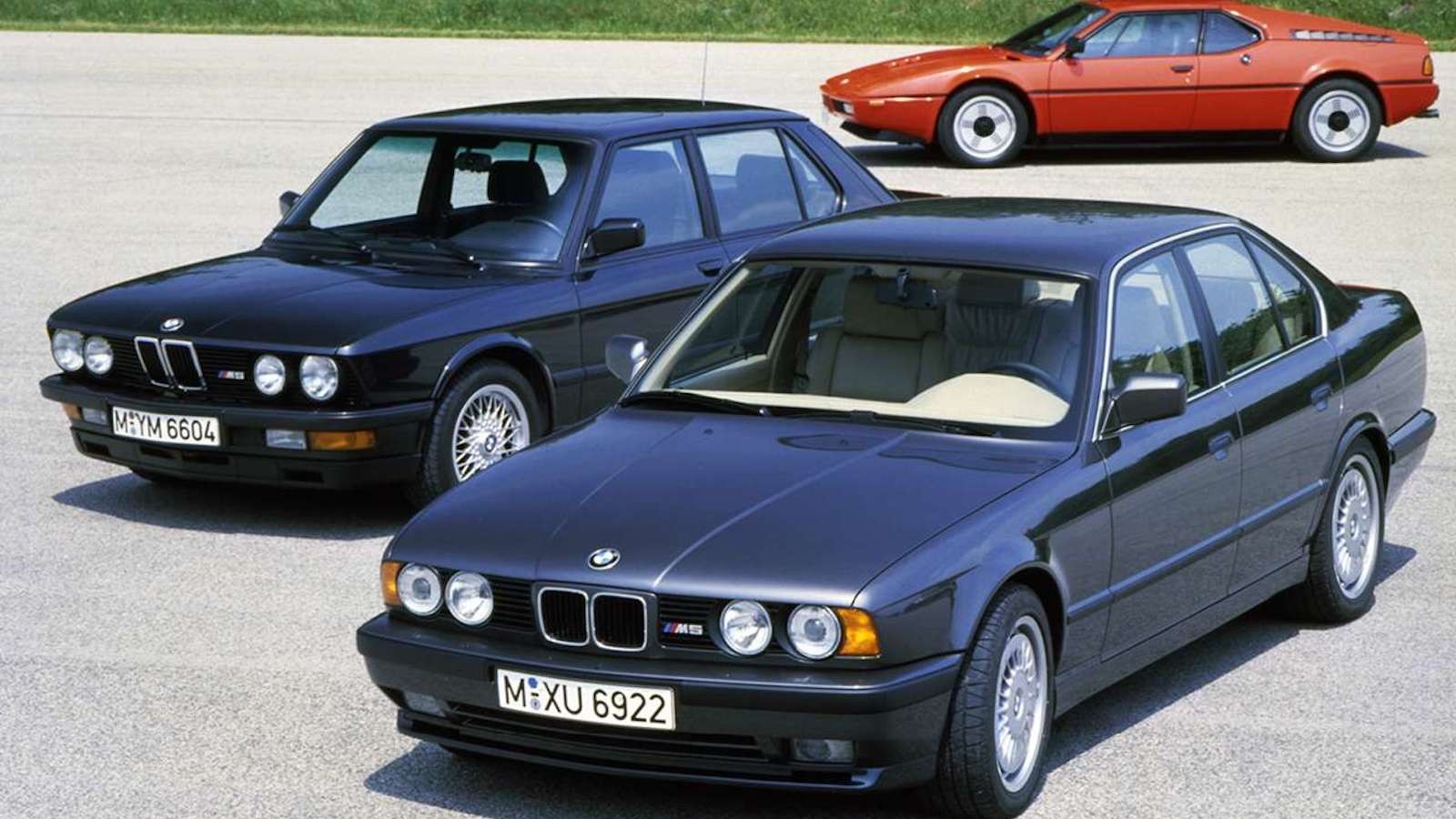 © BMW Group
© BMW Group -
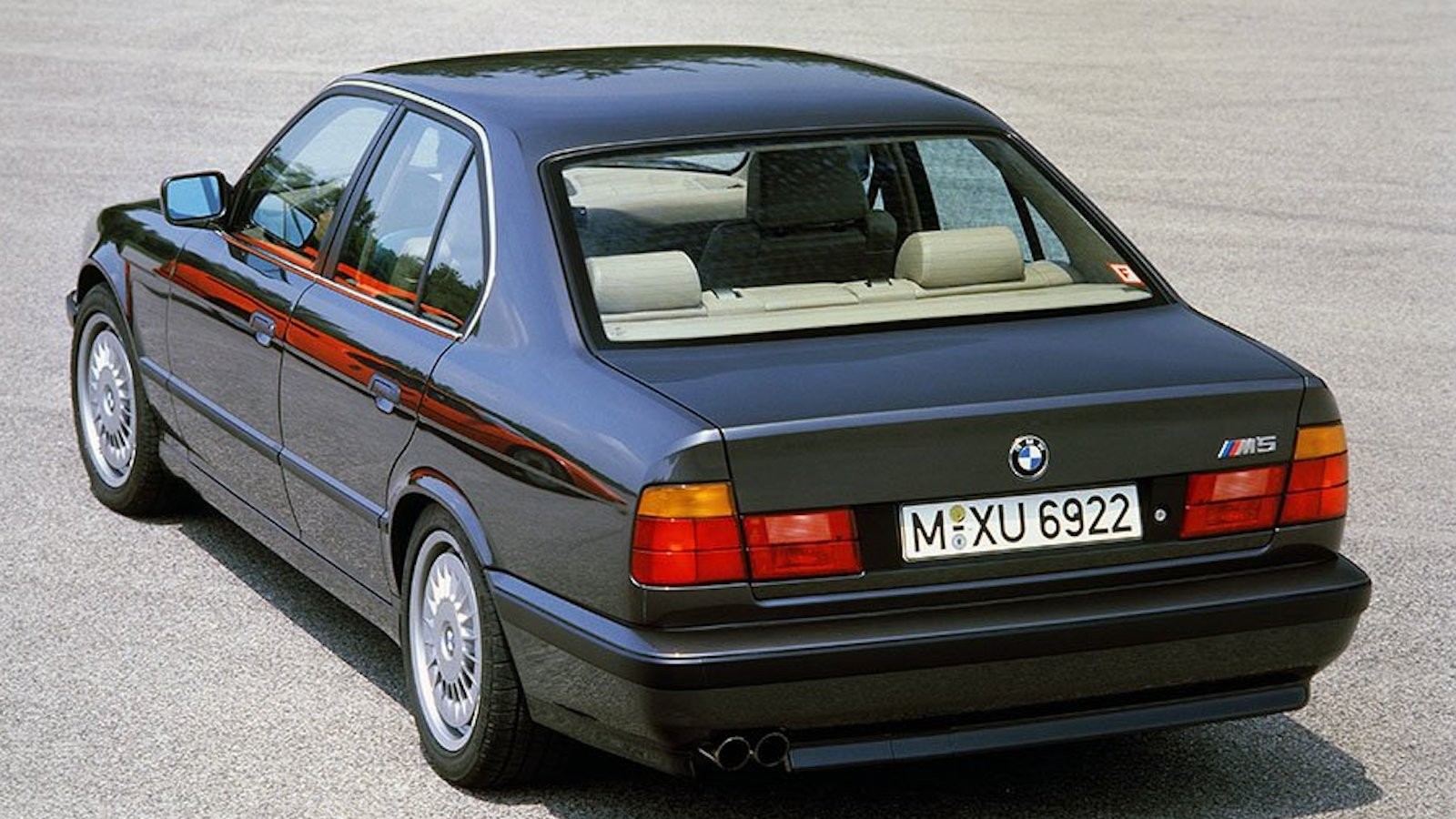 © BMW Group
© BMW Group -
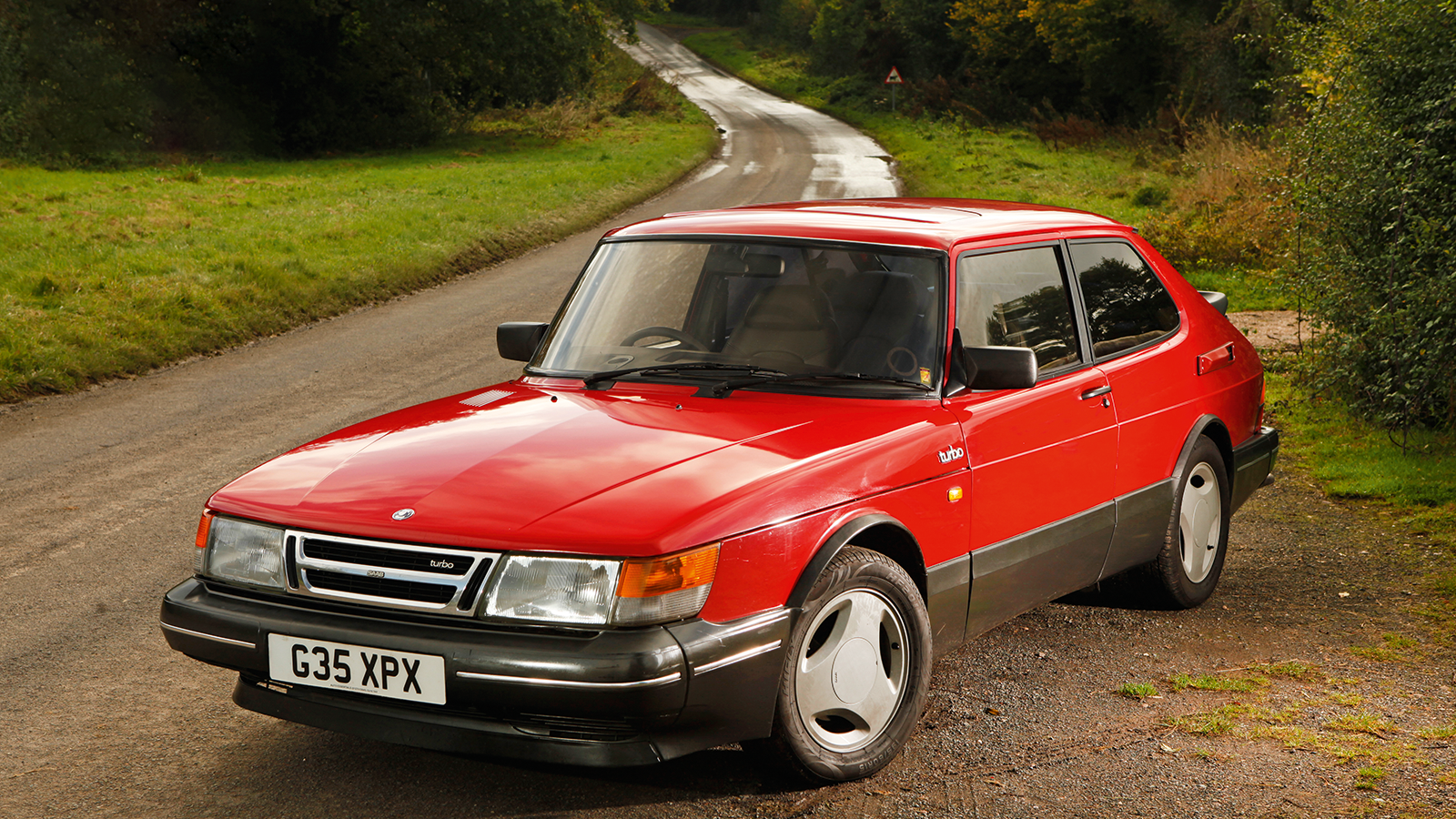 © Tony Baker/Classic & Sports Car
© Tony Baker/Classic & Sports Car -
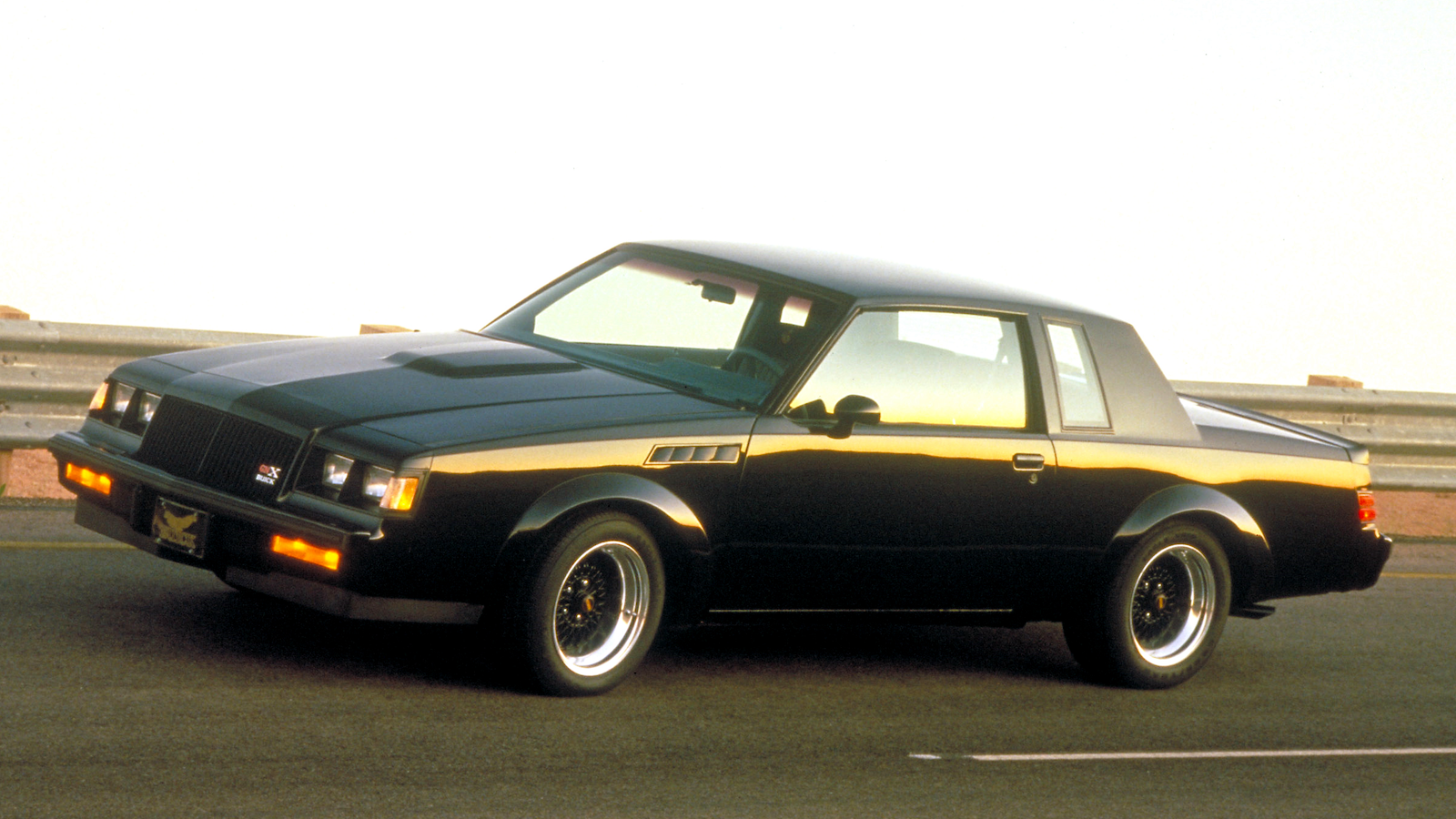 © General Motors
© General Motors -
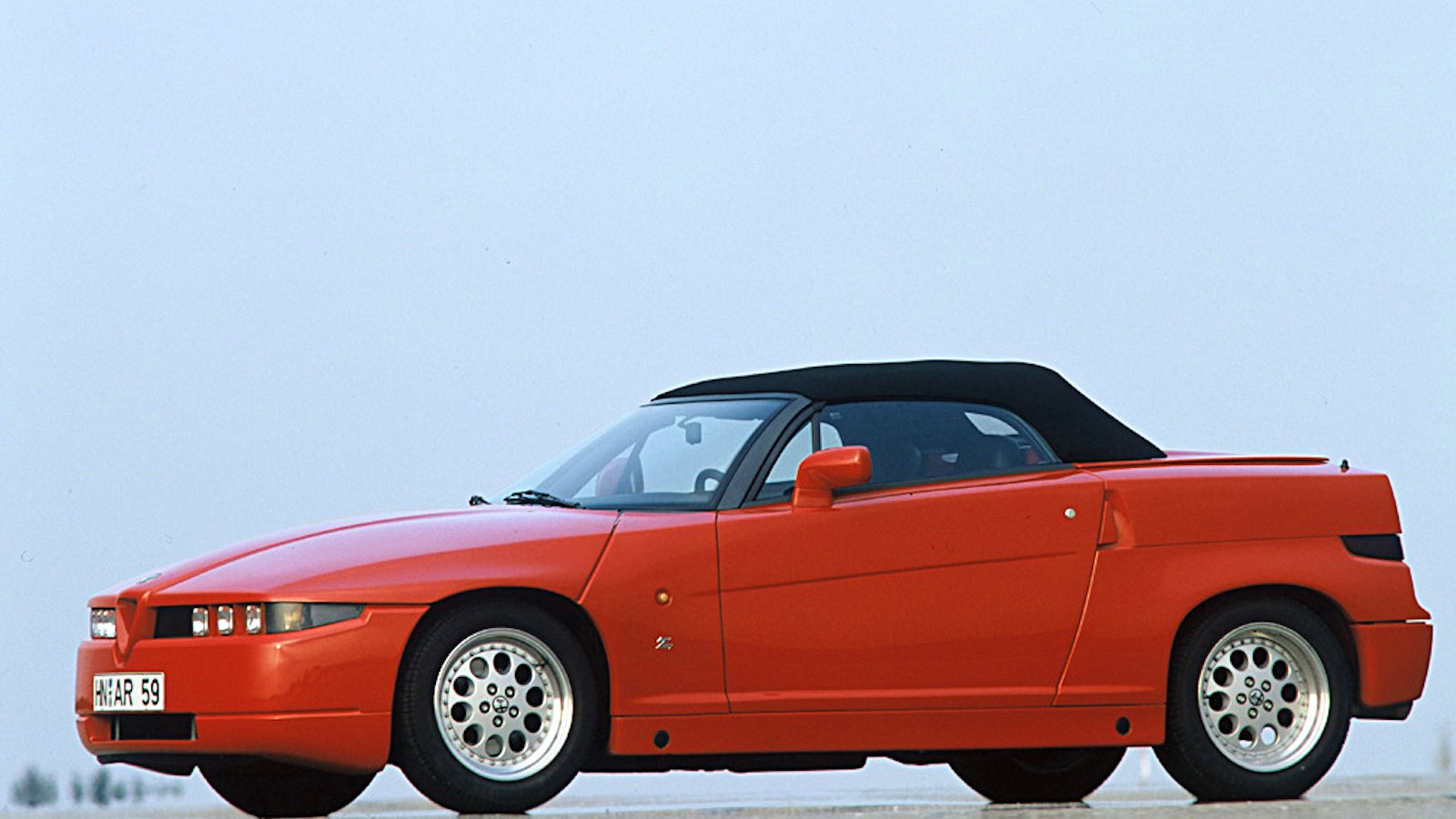 © Stellantis
© Stellantis -
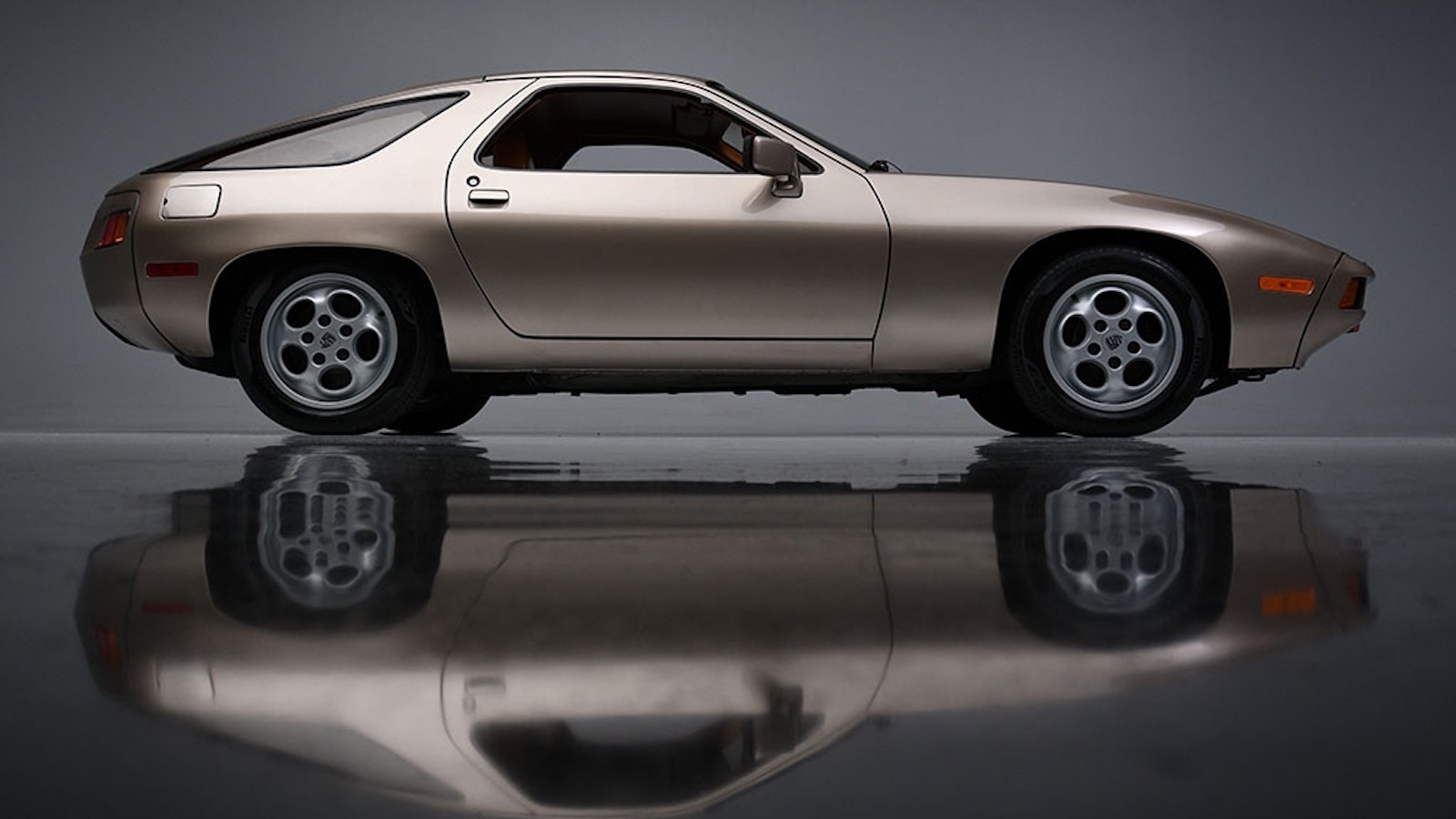 © Barrett-Jackson
© Barrett-Jackson -
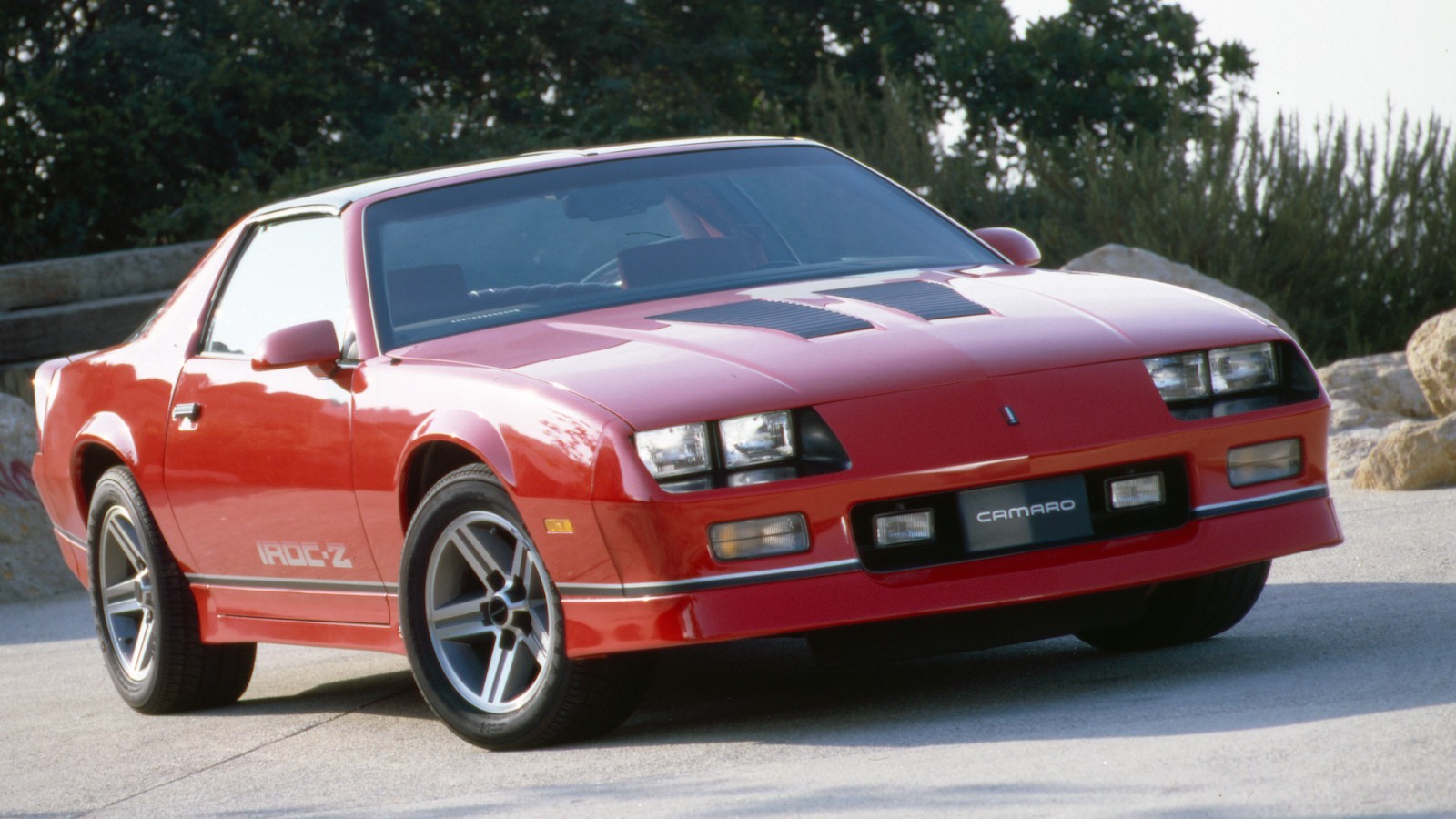 © General Motors
© General Motors -
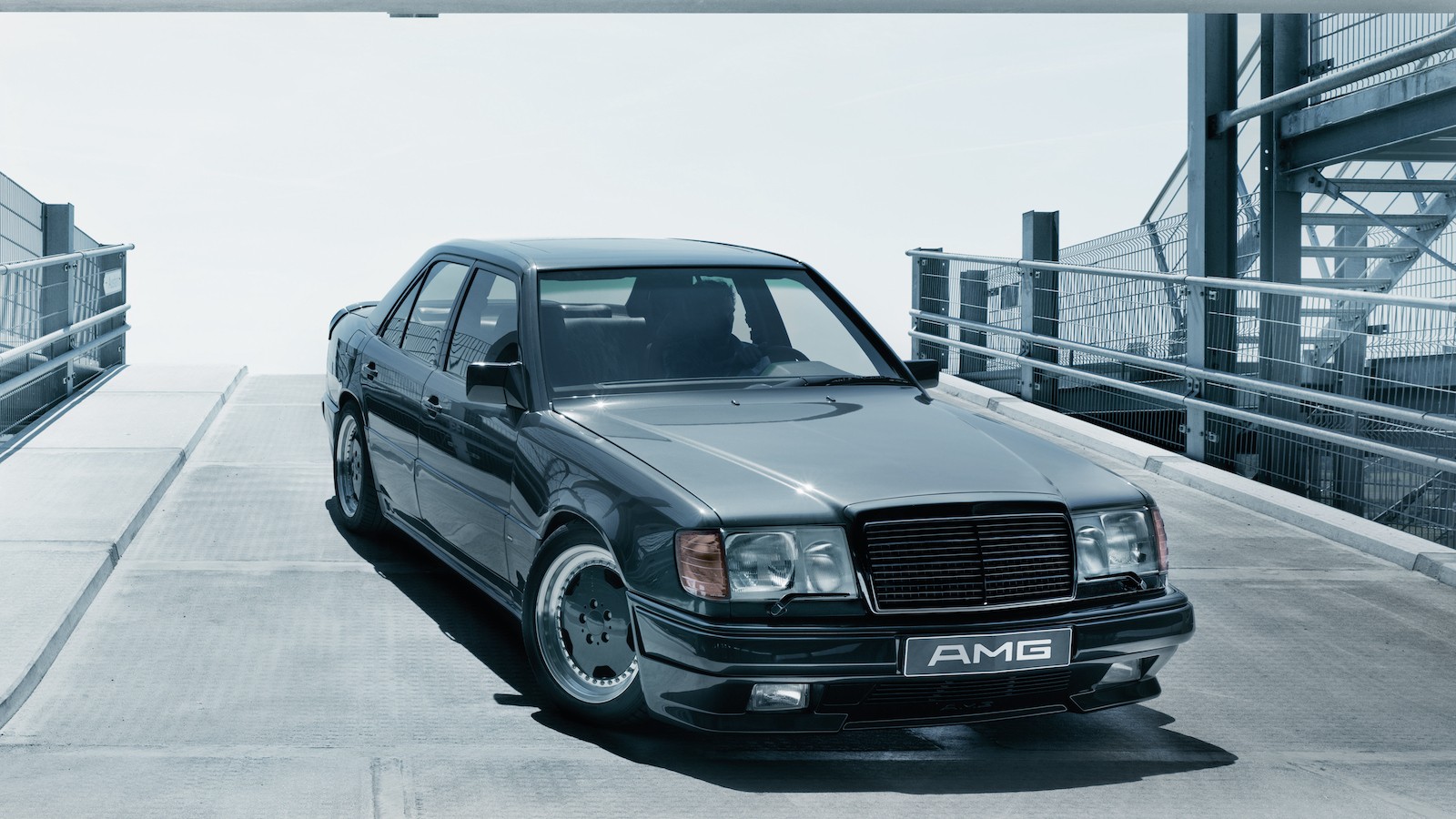 © Mercedes-Benz Group
© Mercedes-Benz Group -
 © Haymarket Automotive
© Haymarket Automotive -
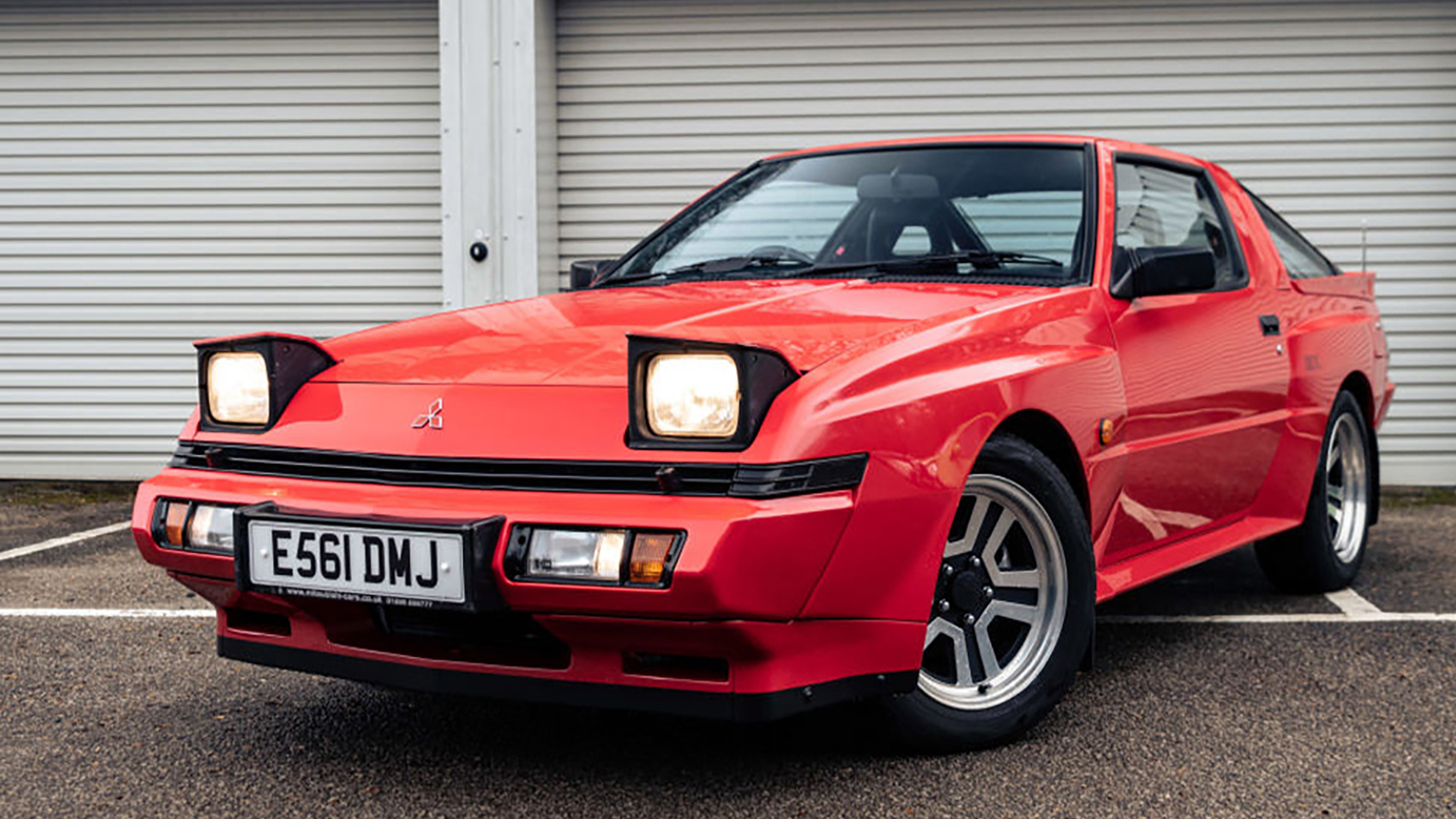 © Auto Auction
© Auto Auction -
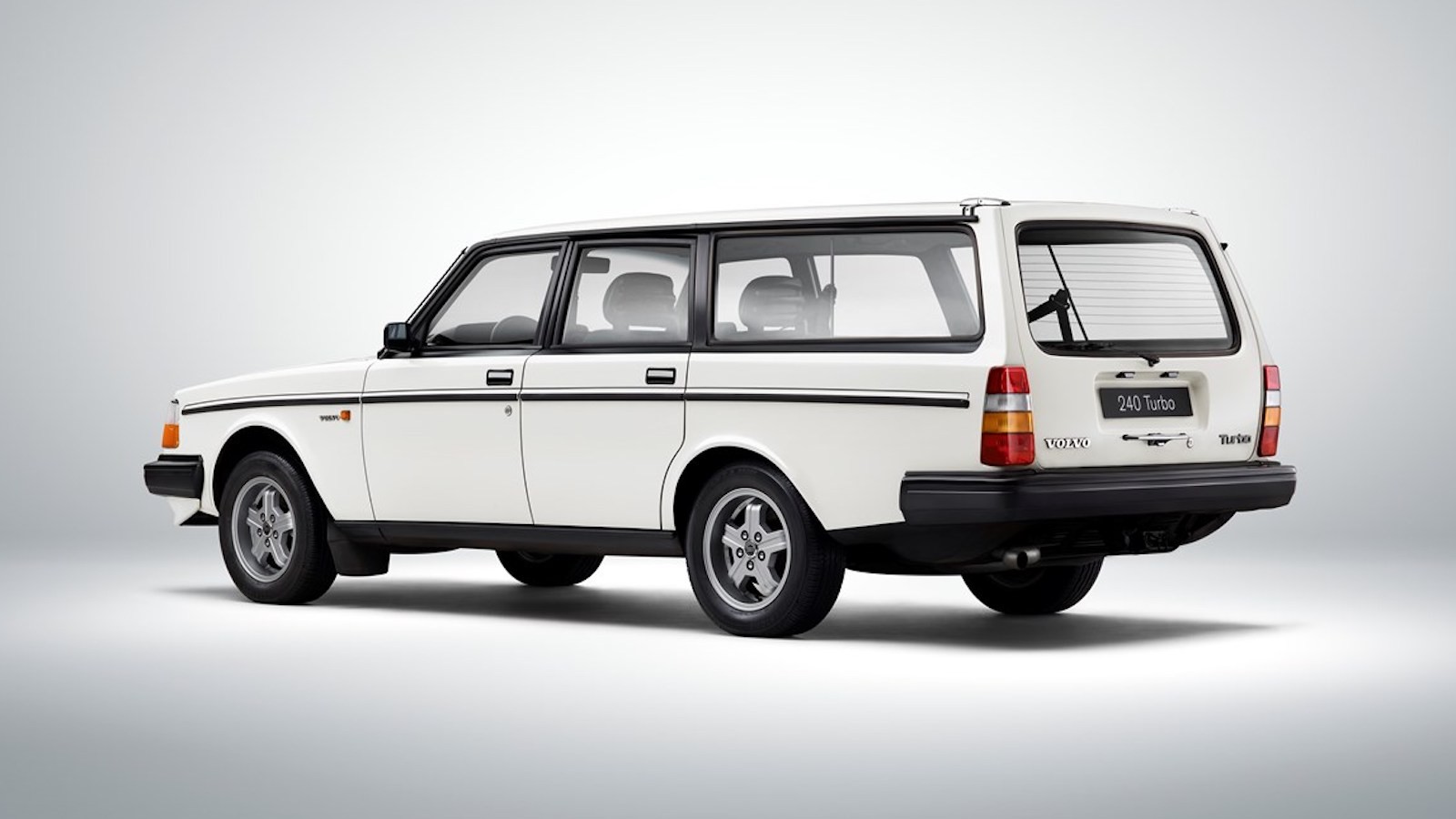 © Volvo Cars
© Volvo Cars -
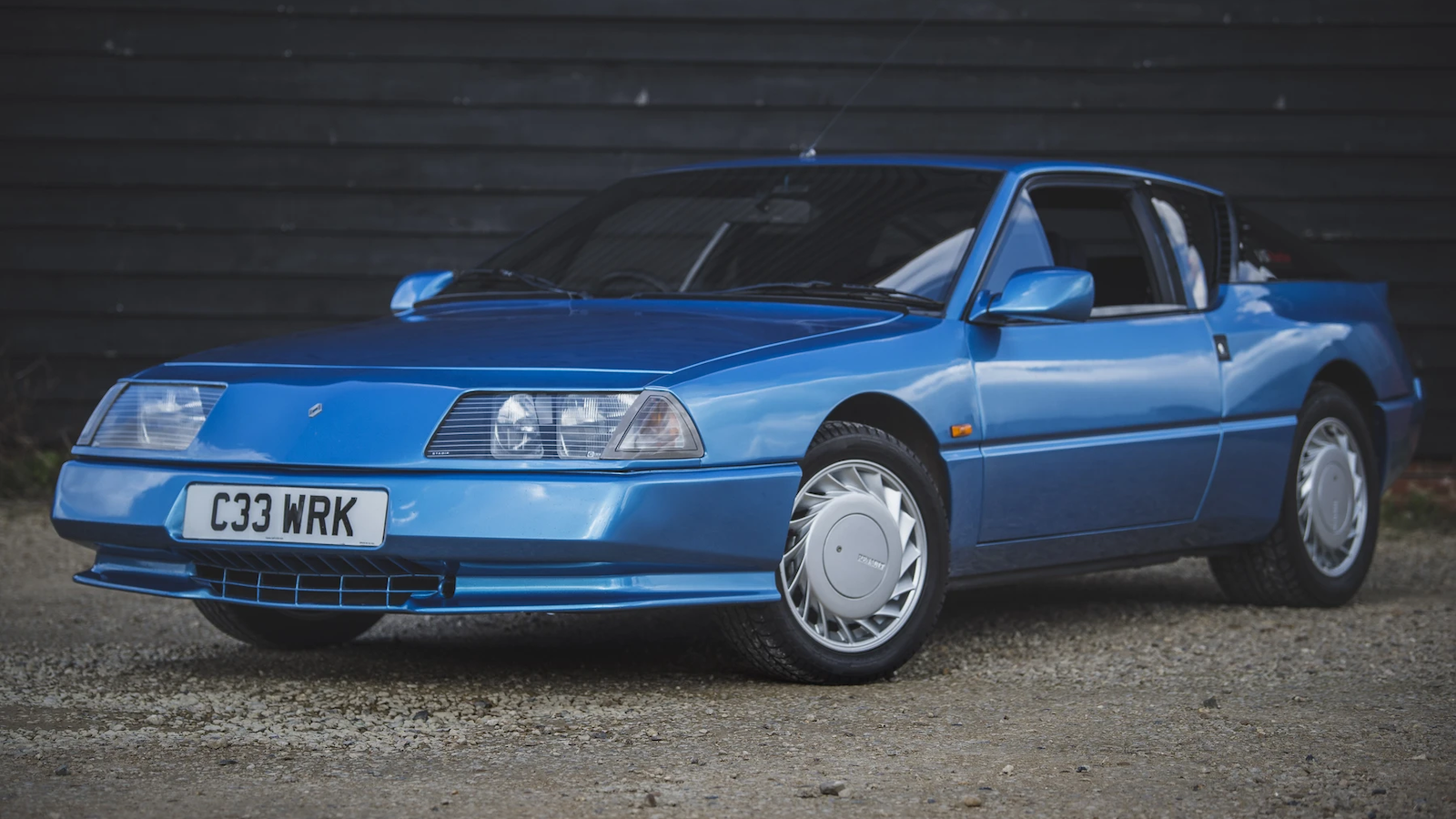 © The Market by Bonhams
© The Market by Bonhams -
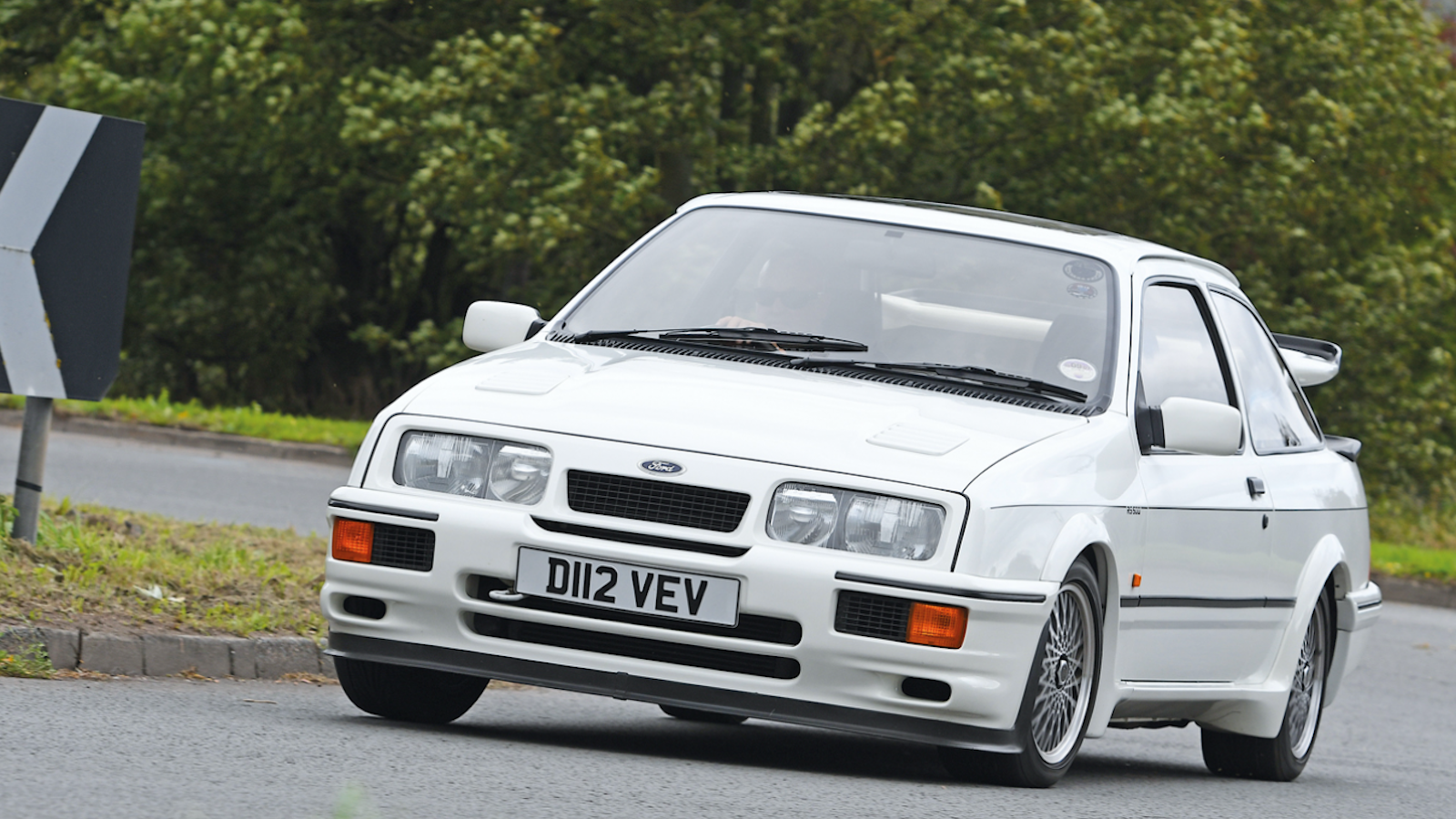 © John Bradshaw/Classic & Sports Car
© John Bradshaw/Classic & Sports Car -
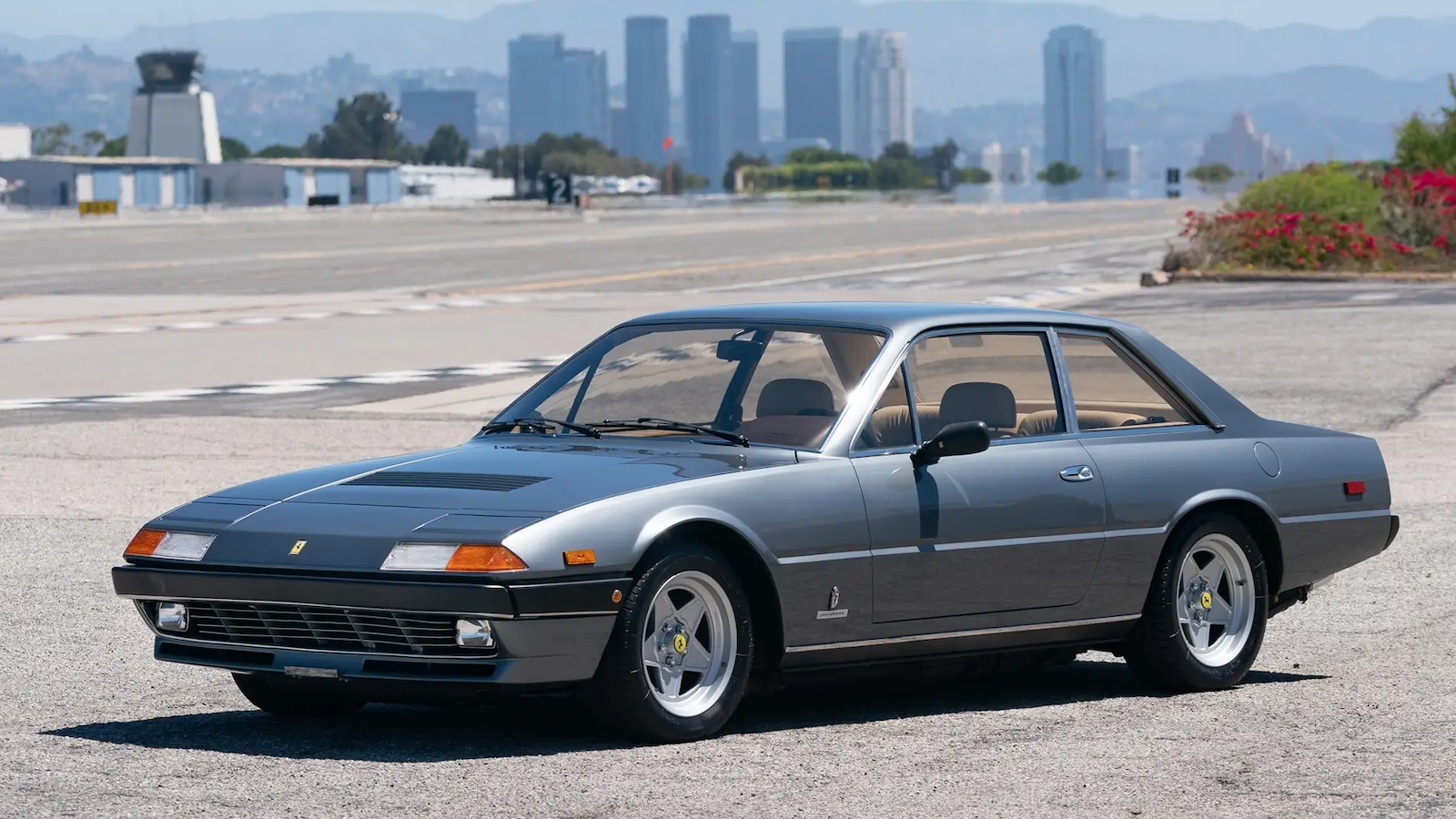 © Karissa Hosek/RM Sotheby’s
© Karissa Hosek/RM Sotheby’s -
 © Luc Lacey/Classic & Sports Car
© Luc Lacey/Classic & Sports Car -
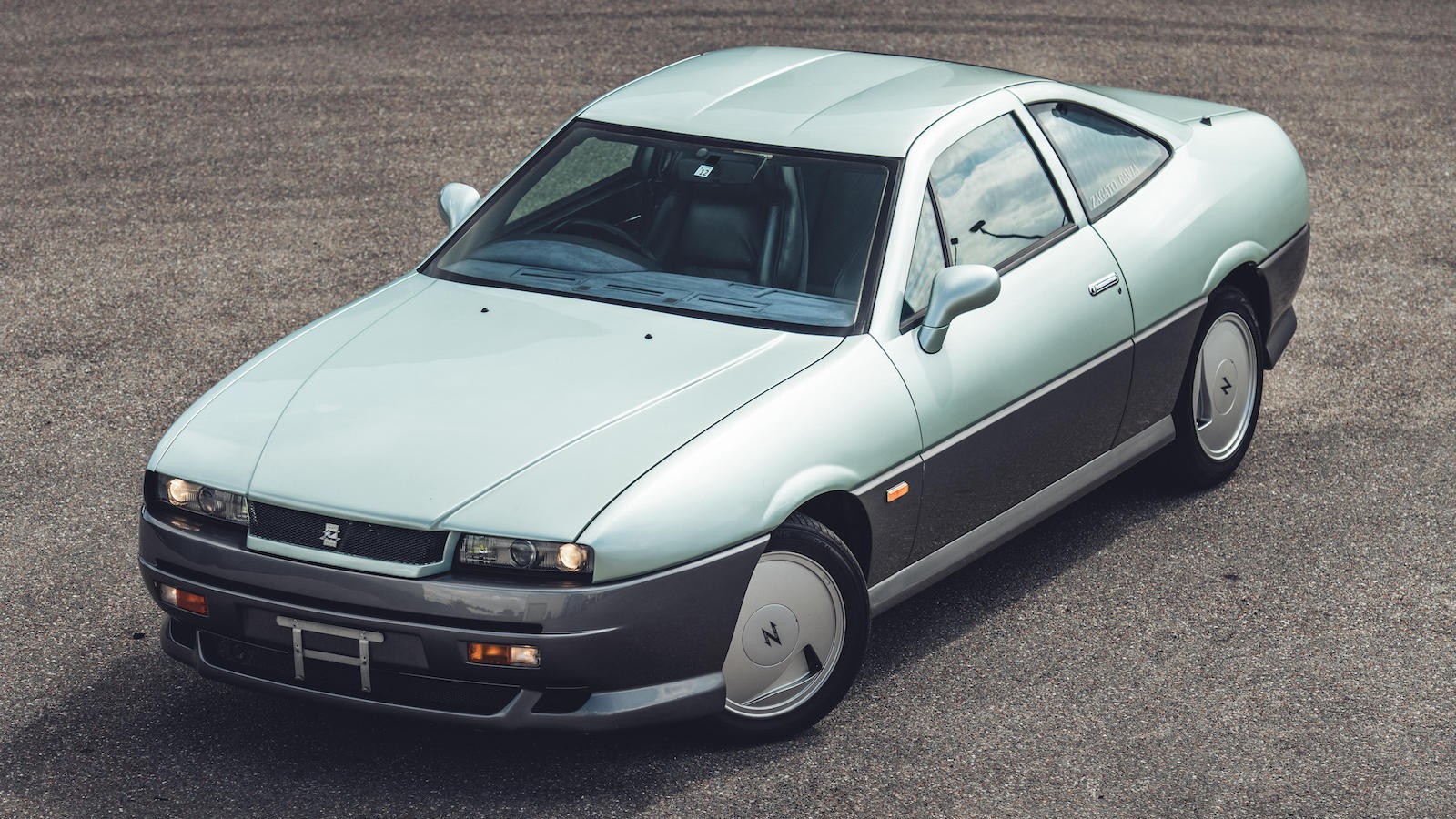 © Bonhams
© Bonhams -
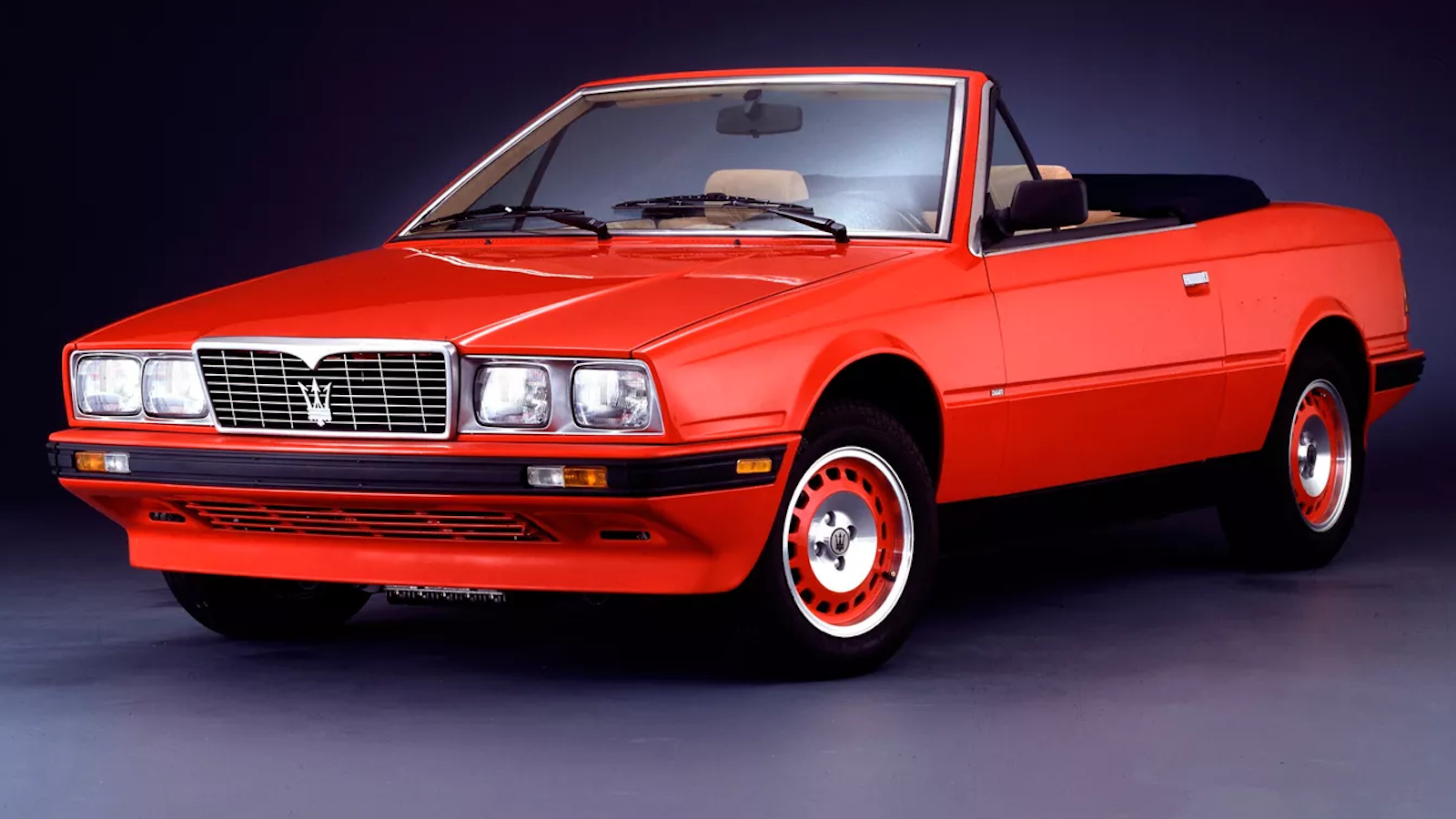 © Maserati
© Maserati -
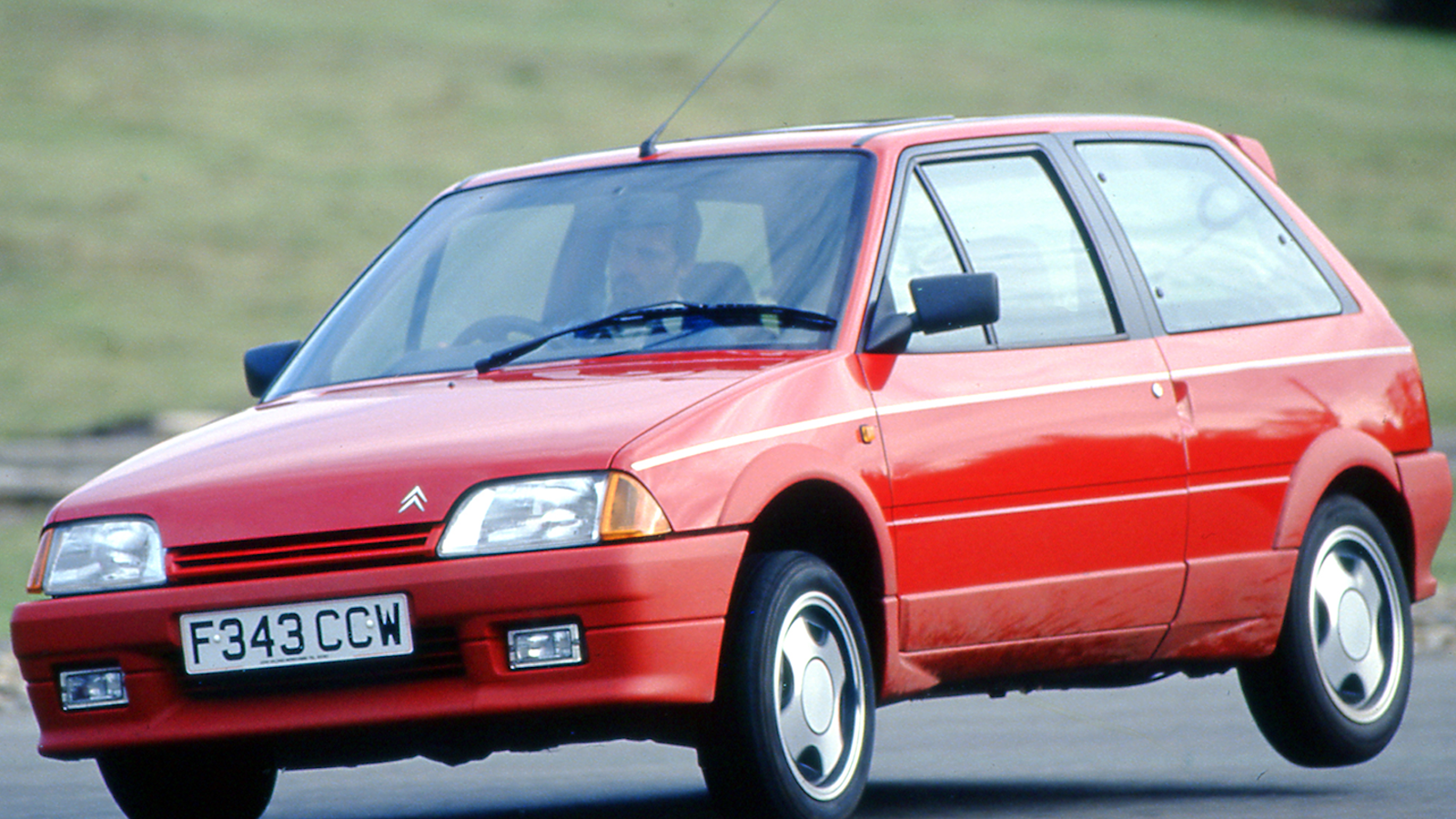 © Citroën
© Citroën -
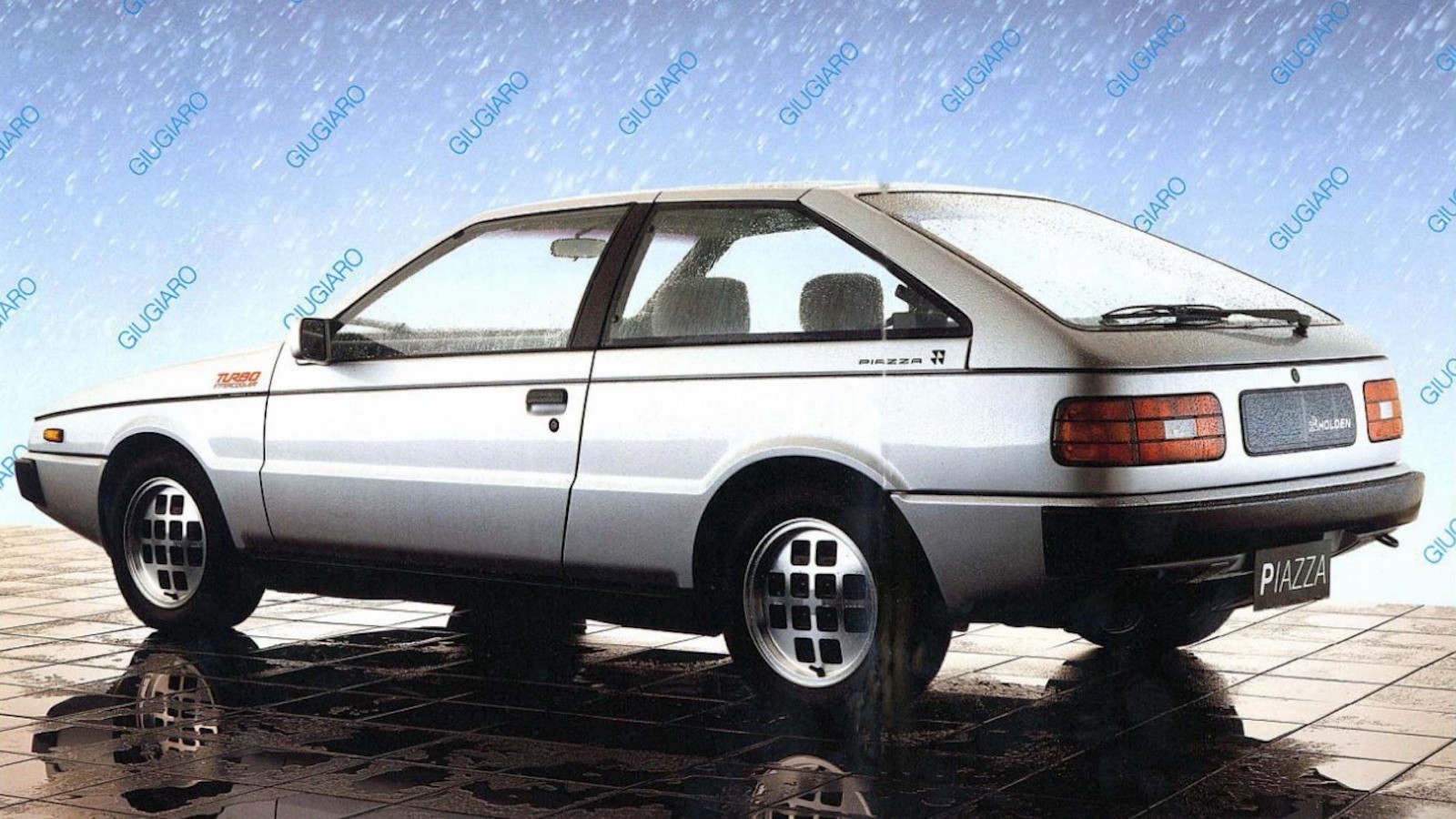 © Isuzu
© Isuzu -
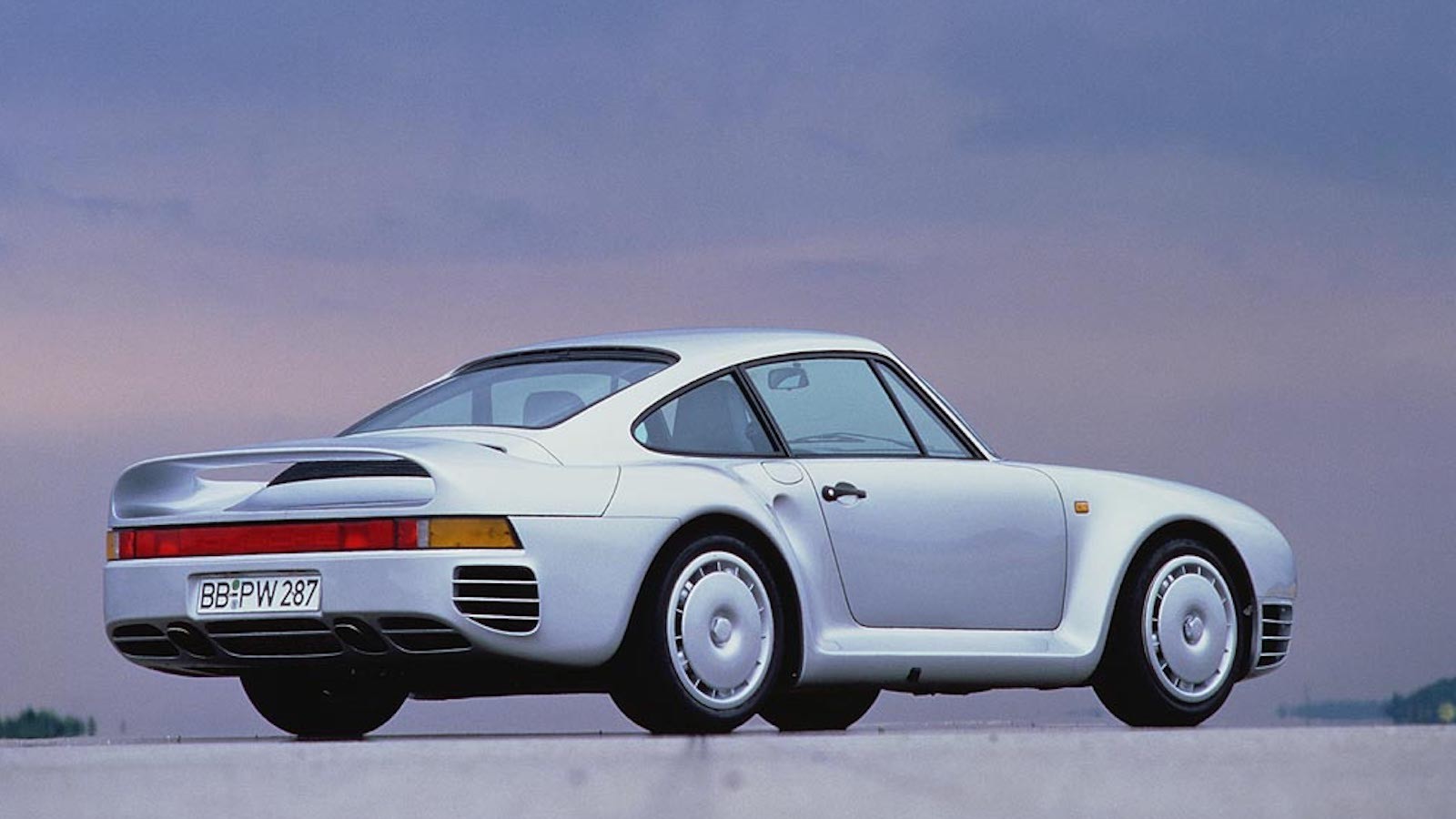 © Porsche AG
© Porsche AG -
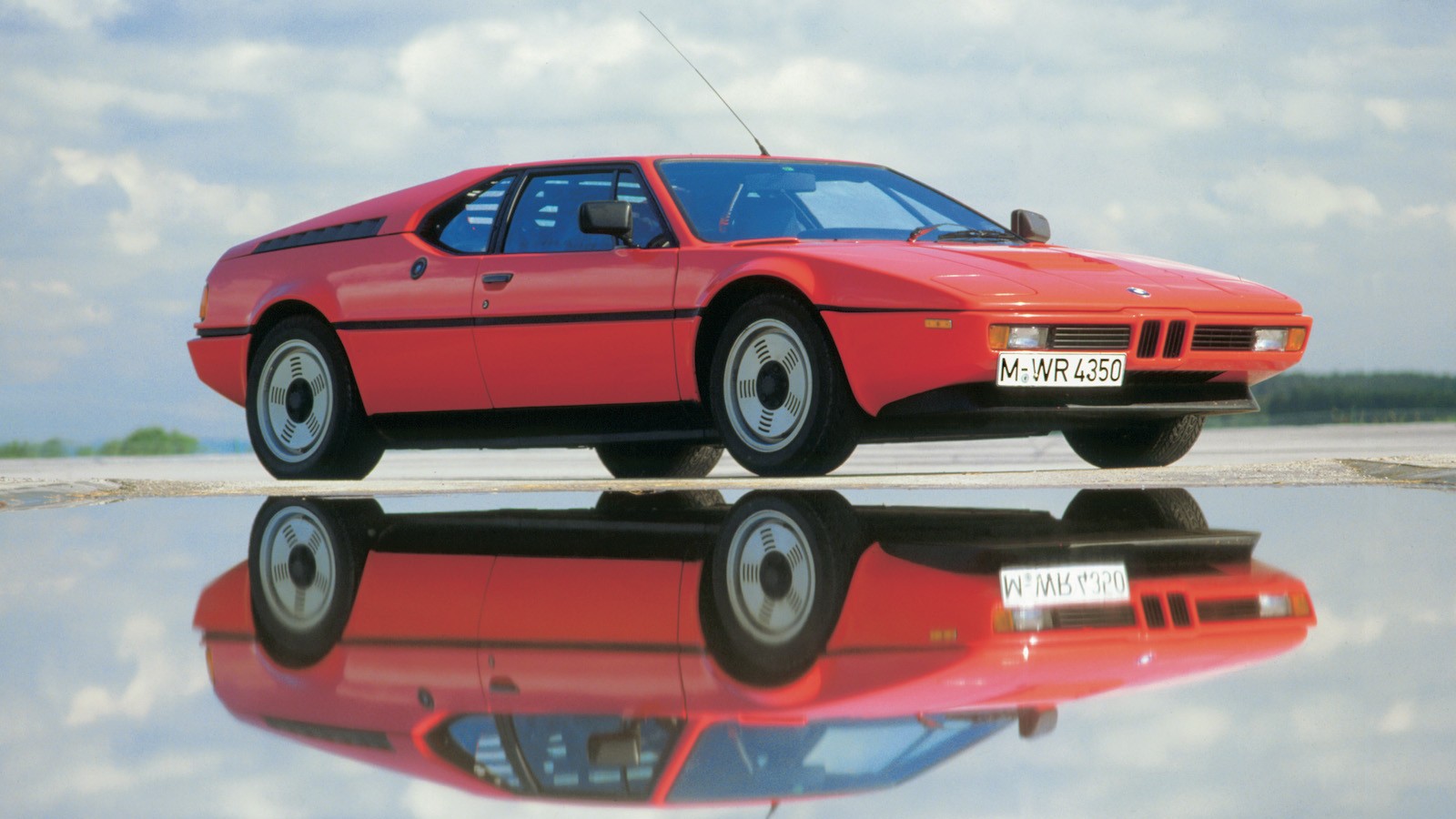 © BMW Group
© BMW Group -
 © Lotus Cars
© Lotus Cars -
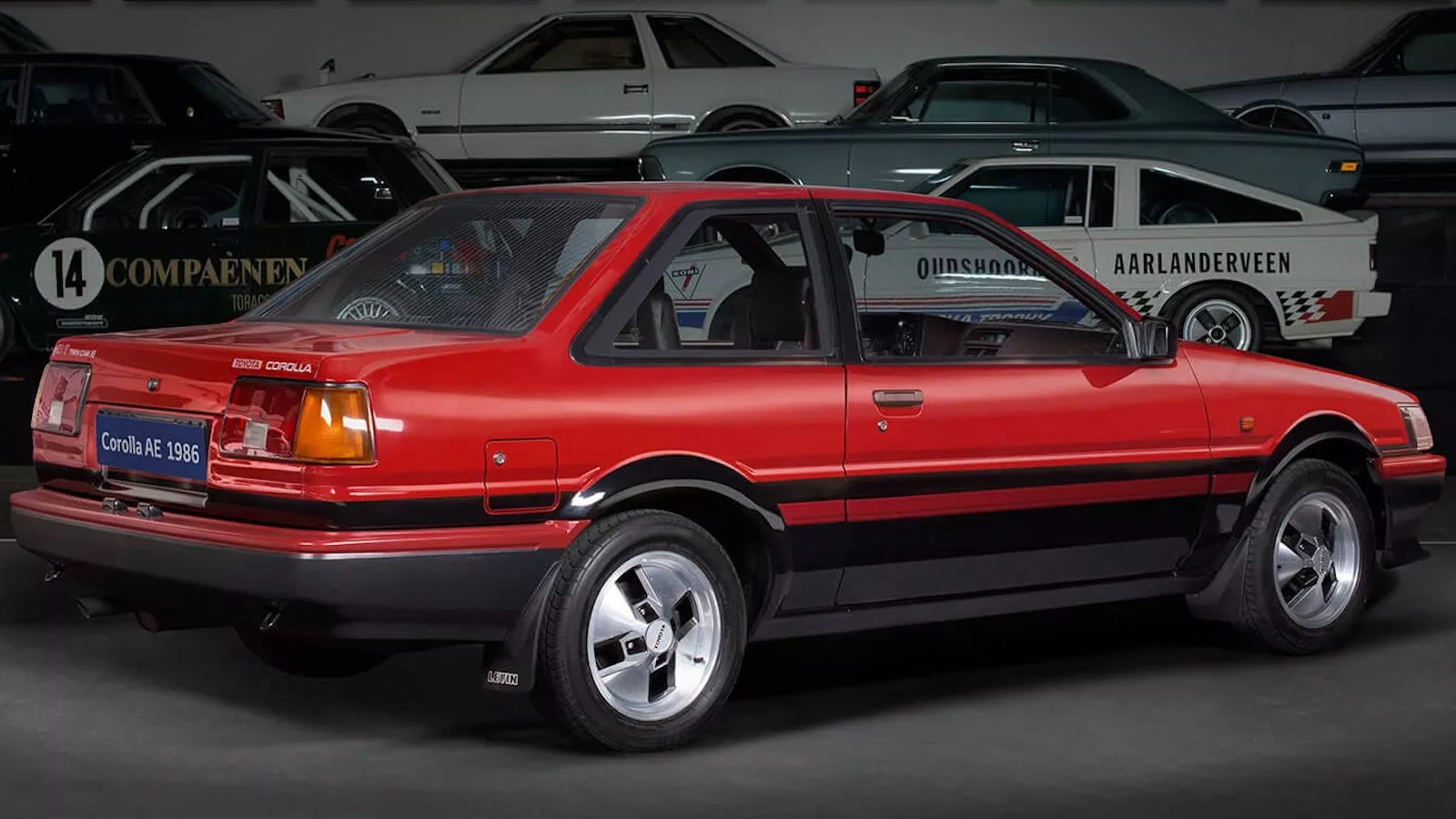 © Toyota
© Toyota
-
Rolling works of art
If the shoe maketh the person, then surely the right set of wheels err… You see where we’re going with this.
A truly memorable set of rims can make a car stand out from the crowd – equally, an awful set can condemn it. The best wheels are ones that offer a snapshot of the tastes from the era of their creation, a rolling sign of the times.
The 1980s was one of those decades where fashion evolved quickly and in a radical new direction. Love it or loathe it, there’s no denying products from this generation stand out.
That’s why, in no particular order, we’re taking a look at some of the most memorable, and many would say desirable, examples of when manufacturers judged their wheels just right.
-
1. BMW M5 (E34)
For BMW’s follow-up M5, the Munich firm wanted to wow the world by making a fast and luxurious machine to handle the best that Mercedes-Benz could offer. That meant going head-to-head with some of the best engineers in the automotive world at the time, though flush from its motorsport victories, BMW’s M Division felt more than up to the task.
Initially shipped from 1988 to 1992 with M-System I ‘Turbine’ wheels, the E34 M5’s novel 17in rims were designed to actively channel airflow through the brakes, cooling them in the process – 25 percent extra cooling efficiency was quoted.
Interestingly, the turbine part, called the blower, was made from magnesium and was, in essence, a hubcap. It sat over a conventional five-spoke alloy wheel.
The same is true of the far more form than function lead M-System II wheel that came later, better known as the ‘Throwing Star’.
-
2. Saab 900 Aero/SPG
If Saab is remembered for anything these days, it’s for breaking convention. The Swedish maker might have gone to the wall, but its legacy of doing things a bit differently remains in the hearts and minds of its countless fans.
Case in point, in the mid-1980s: if everyone else makes five-spoke wheels, why not make some three-spoke items?
The 900 Aero, that showcased this 16in three-spoke design, was developed as a slicker alternative to the standard 900 turbo. These flat-faced, three-spoke rims were twinned with body aerodynamic enhancements that were claimed to drop the drag by a not insignificant 5 percent.
These instantly recognisable classic wheels would go on to identify Saab’s top-performers for several generations.
-
3. Buick Grand National GNX
Many wouldn’t have bet on Buick’s humble yet acutely angled second-generation Regal being a motorsport superstar.
However, its high-performance derivative cleaned up in early-1980s NASCAR competition. Between 1981 and 1982 the racing Regal took a whopping 47 wins from 62 starts, including two Winston Cup Grand National Championships.
To celebrate this success, Buick decided to introduce an optional performance package and, later, a new model called the Grand National.
The now all-black chariot looked like a cross between Darth Vader’s helmet and your nan’s last ride, but if you looked a bit closer, it was clear the Grand National was not to be messed with. The final 547 GNX’s deep dish, colour-coded, lattice rims sat within huge flared wheelarches and topped this motorsport tribute perfectly.
Oh, and if you were foolish enough to bait a GNX driver into a traffic-light drag race, its 4.7-sec 0-60mph time and 13-sec quarter-mile would soon make you look very silly.
-
4. Alfa Romeo SZ
Whether you think it was pig ugly or the pinnacle of ’80s Italian car design, one thing was undeniable: the Alfa Romeo Sprint Zagato (SZ) was an attention seeker.
The apex of a pyramid scheme that saw Fiat, Alfa Romeo and Zagato stylists join forces, the SZ and its coupé stablemate the RZ might have looked out of this world, but both were built on fairly conventional Alfa Romeo 75 underpinnings.
You could be forgiven for thinking that these 10-hole, split-rim wheels were as bespoke to the SZ as the rest of its exterior.
But, no. They were lifted from Alfa’s racing partner NTM, who also provided wheels for Lamborghini and Lancia. That’s why they’re reminiscent of those fitted to the Group B 037.
-
5. Porsche 928
It’s the 1980s and we’re talking wheels, so it’s inevitable we’re going to be delving into Porsche’s back catalogue. The first of two entries from the Stuttgart firm is found fitted to the early 928.
The ‘telephone-dial’ style of alloy wheel was all the rage in the late-1970s and early 1980s, but these still managed to stand out – largely because they were fitted to the wannabe 911 replacement über GT.
Though it never quite managed to supplant the 911 at the top of the Porsche-fancier’s wish list, the V8-powered, front-engined 928 did carve out its own niche and is gaining in popularity by the year.
It’s just a shame these wheels only appear on the early examples, plus a few 944s.
-
6. Chevrolet Camaro IROC-Z
Once a cause for sniggers, the ‘hot’ Camaro – from the tail-end of the smog era – is now fast becoming a desirable classic in its own right.
Although it would later be contested solely on oval tracks, the early incarnation of the IROC – International Race of Champions that gave its name to the Camaro – saw at least one round on a ‘road’ course. That’s a race track with left and right turns, for non-US readers.
Chevrolet initially offered the IROC-Z as a racing-only package for its Camaro, but in 1985, decided to release a roadgoing version. The package included a suspension, brake and aero upgrade, but little in the way of extra power.
That said, the IROC-Z’s 215bhp was still good for 60mph in 7 secs. To keep it hugging the asphalt, the IROC-Zs got these fantastic-looking, wider, five-spoke alloy wheels.
-
7. AMG 300E 6.0 Hammer
Yes, it has potentially the greatest moniker in motoring, but there’s a lot more to the AMG Hammer than just a cool name.
The 6.0-litre Hammer was the top of the tree for those with near-bottomless pockets. The cost of a new 300CE, 300E or TE (yes, you could have a Hammer wagon) in 1985 wasn’t exactly a pittance. Then consider the cost of taking your brand new, range-topping Mercedes-Benz to Affalterbach for AMG to tear its guts out and replace its near zero-mile six-cylinder M103 with either a 5.0-, 5.6- or 6.0-litre AMG-tuned dohc M117 V8.
The end result was a coupé, saloon or estate that could out-perform a Lambo with the inherent quality and luxury of a 1980s Mercedes-Benz. Unsurprisingly, with all that power going through its rear axle, the Hammer needed suitably upgraded wheels. The iconic split-rim AMG Monoblock was more than up to the task.
-
8. Volkswagen Golf G60 Rallye
Most don’t know, but third place overall in the 1986 World Rally Championship went to Volkswagen. Because of the ban on Group B mid-season, the title went to the winning sub-category, which it turned out was also Volkswagen. The relatively humble Mk2 Golf 16v GTI picked up where other makers struggled to regroup after Group B was shelved.
By the 1989 season, however, it was clear that a near-cooking 16v GTI wasn’t going to cut it, against new and intense Group A competition, mainly from Lancia and its Delta Integrale. Wolfsburg’s answer was the similarly box-flared but supercharged Golf G60 Rallye.
Though its best placing was third in 1990’s Rally New Zealand, the Rallye Golf is nonetheless a homologation legend. Part of that recognition comes from its splendid, rally-honed, multi-spoke wheels.
-
9. Mitsubishi Starion
Japan’s equivalent of the 924/944 was either Mazda’s RX-7 (FC) or Mitsubishi’s Starion. The latter was a closer match, with its near copy-and-paste styling and enlarged four-cylinder engine.
But the Starion was a lot more than simply a Porsche homage. It was usefully cheaper than the Stuttgart alternative and was a great steer in its own right.
Several facelifts and tweaks occurred over the Starion’s seven-year run, but it was 1986’s ‘wide-body’ update that got enthusiasts excited.
This came with pumped-up bodywork and wheelarches that could accommodate bigger wheels and tyres, and what a set of wheels they are – phwoar!
-
10. Volvo 240 GLT/Turbo
To some, the Volvo 200 series is the automotive equivalent of a bag for life – it’s useful, but not exactly exciting.
While it’s certainly true to say that the 240 in particular lacks a few styling hallmarks of more traditionally pulse-raising classic cars, it’s nevertheless brimming with its own ‘specialness’. Few machines are built to work and last quite like an old Volvo.
So, with priorities firmly placed on function over form, the pleasant surprise that comes from the GLT/Turbo wheels is even more welcome.
The ‘Virgo’ rim is a 15in, five-spoke design classic that first saw service on the 240, but was also deployed on successive 740s and 940s.
-
11. Renault Alpine GTA Turbo
This French Esprit (sort of) was the first to be made under Renault ownership. Alpine and Renault had, of course, always had a long history of cooperation – with the former using the latter’s engines and running gear since the 1960s to great effect. By the mid-’80s, two had become one, and the GTA Turbo was the couple’s first child.
More slippery and ergonomic than its immediate predecessor (the Alpine A310), the GTA Turbo was an easier prospect for a mass-market customer to live with. The 197bhp Turbo model appeared in September 1985, with UK right-hand-drive models available the following year.
Both sported attractive finned, turbine alloy wheels that did a great job of directing cooling air over the brakes.
-
12. Ford Sierra RS Cosworth
This is the big daddy of all fast Fords, barring perhaps the Escort Cosworth.
Ford and Cosworth channelled mechanical magic when they teamed up to produce this racy Sierra. Even the mighty M Division at BMW had to doff its cap to the Cossie. It was a winner both on the race track and in the showrooms.
Part of that success was its seemingly attainable image, something Ford is a past master in cultivating. The working man wanted a Cossie because of how it looked and how Ford marketed it.
Everyone knew the RS Cosworth was a race winner and with those motorsport-inspired, cross-spoke wheels, it looked ready to win while sitting still.
-
13. Ferrari 400i
‘Those wheels look like every other Ferrari wheel from the 1980s,’ we hear you cry. Well, that’s fair, but that’s because it’s such a fantastic style in the first place.
While the 288GTO and F40 had more elaborate split-rim affairs, we rather prefer the clean simplicity of the deep-dish wheels worn by the 400i. They suit the big V12-powered GT down to the ground (pun intended).
If you have the means to run a Ferrari, then chances are you’re not shy about letting others know about it. That’s why the five-pointed star design of Ferrari rim from this era is so instantly recognisable.
If you’re left in any further doubt, there’s a bright yellow Prancing Horse in the centre to remind you.
-
14. Renault 5 Turbo 2
One of the dark arts of wheel design is the dish. In other words, how far the edge of the wheel is from its centre line.
Many deep-dish wheels look inherently sporty, but some stagger that dish between the front and rear axles, really upping the visual aggression. One master of this trick is the rally-homologated Renault 5 Turbo and its more extreme Turbo 2 sibling.
Together with its turbine styling, the rims fitted to the latter in particular look as though they could generate enough airflow to pull rally spectators off their feet.
The Renault 5 Turbos caused quite a stir in international rallying. What’s less known is that its fantastic rims were donated to the fellow Dieppe-built Alpine A310.
-
15. Autech Zagato Stelvio AZ-1
What happens when a Japanese firm, hot off the back of late-’80s success, decides to commission Italian masters Zagato to build a GT car body? You get Nissan’s Autech Stelvio AZ-1, that’s what.
Destined to fail, this joint venture between Nissan and Zagato would cost customers twice as much as a Honda NSX-R, yet made do with ‘only’ a 300bhp (280bhp quoted) V6 engine donated from fellow doomed project the Nissan MID4.
We love a car company flush with cash and ambition – this often results in pretty wild decisions and Autech’s creation was certainly that. In the end, even the 200-car target wasn’t attained, with around 100 reaching very well-heeled owners.
The wheels are, of course, just as bonkers as the rest of the car.
-
16. Maserati Biturbo Spyder
The Italians just seem to instinctively know how to make a car desirable. Styling has rarely been a problem, the Zagato-massaged Biturbo Spyder being a case in point.
As crisp and ’80s chic as a shoulder-padded Armani suit, the drop-top Biturbo oozed class. Performance might have been a bit down on the coupé, but that just made it easier for jealous on-lookers to see you and your fashionable passenger.
A load of wheels were fitted to the Biturbo over its long and convoluted life, but with these colour-coded rims, Maserati played a blinder.
Colour-matching isn’t to everyone’s taste, but here it contrasts perfectly with polished centres and rims.
-
17. Citroën AX GT
Its PSA cousin might have gained all the glory in the game of hot-hatch top trumps, but the 205 has somewhat shaded the poor old Citroën AX.
This semi-plastic fantastic lightweight punched well above what its diminutive dimensions would suggest, especially in more sporting GT and GTI guises.
With a humble Peugeot 1.4-litre engine and Solex carburettor, there’s considerable parpy pleasure to be had here. What really makes the AX GT sparkle is that its TU motor only has to pull 722kg.
And these four-spoke classic alloys add serious style.
-
18. Isuzu Impulse/Piazza Turbo
These striking ‘waffle’ rims were fitted to the export-market Impulse Turbo, better known in Europe as the Isuzu Piazza.
Japan’s oldest car company took Giugiaro’s Ace of Clubs concept car from the 1979 motor show season and put it into production. Kudos to Isuzu but, sadly, the resulting Piazza wasn’t a success.
By 1990, having traded for just five years, Isuzu GB’s 1662 Piazzas were down to 300, with the receivers knocking at the door. That wasn’t the end, however. Mercedes-Benz Hampstead dealer Alan Day bought the remainder, selling them for a profit via several Subaru dealers.
Regardless of its ultimate failure, the Impulse’s wheels are some of the most memorable of the decade.
-
19. Porsche 959
Arguably the homologation special to end all specials, the Porsche 959’s story is pretty well known.
From its Group B genesis through to its ultimate supercar pin-up status, it’s one of those automotive stories we tell time and time again. Though, understandably, what we very rarely focus upon are the 959’s wheels. That’s a shame, because they’re pretty revolutionary.
These wheels are hollow internally and form a sealed chamber with the tyres – themselves also a technological breakthrough.
Because of their design, tyre pressures are essential, so Porsche developed and fitted its first pressure-monitoring system.
These wheels aren’t particularly remarkable to look at – unless fitted the turbine covers on this prototype – but their hollow and magnesium construction made them astonishingly strong.
-
20. BMW M1
BMW’s first foray into the world of supercars is probably best remembered for its starring role in early-1980s Formula One support races. But high-profile Procar competition was just the tip of the iceberg.
The M1’s F1 link goes deeper still, because its wheels were fashioned by none other than Campagnolo, suppliers of rims to F1 in the ’70s.
These magnesium beauties were bespoke to the M1, making them enormously expensive – like the rest of the car.
Lamborghini was tasked with building the required 400 M1s for homologation, with chassis produced by Dallara. Due to Lamborghini’s perilous finances at the time, BMW took back building control from April 1978, after just seven prototypes had been produced.
-
21. Lotus Esprit Essex Turbo
The Lotus team was the pioneer of company sponsorship in F1, one being the now-defunct Essex Overseas Petroleum Corporation. The resulting early-’80s chrome-and-red scheme is one of the most memorable in the team’s long history of cool liveries.
The wheels on such an outrageously overt machine as the Lotus Esprit Essex Turbo had to be equally in-your-face. The nod for this first turbocharged Lotus road car went to Compomotive. Its three piece, 15in rims were staggered front to back.
-
22. Toyota Corolla Levin GT Apex (AE86)
If you’re not a Japanese car fan, you might struggle to understand why a three-door Corolla from the 1980s with a 1.6-litre, four-cylinder engine is now so collectible.
The Levin or Corolla GT Apex (designated AE86 from the factory) was something a little special, even before it appeared in a certain anime…
This rear-drive Toyota made the most of its modest 123bhp, weighing just 970kg. Though it wasn’t the car’s performance in a straight line that wowed, it was the way it dispensed with corners.
Lots of wheels were fitted and all looked awesome, especially these chrome ones, lifted from the A60 Supra.
